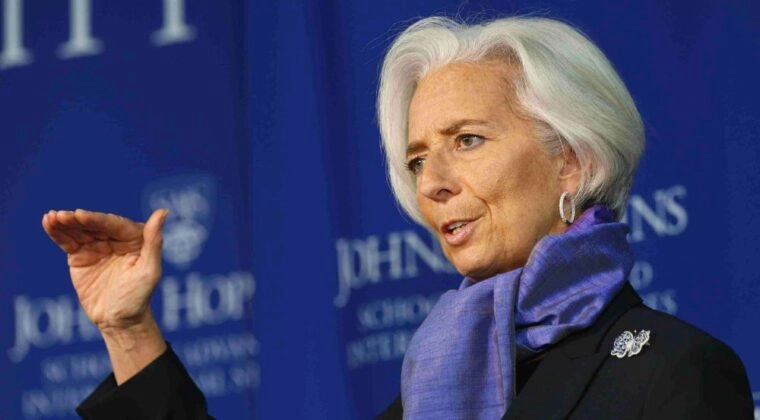
On Wednesday morning (GMT+3), Germany released its quarter-on-quarter GDP figures. The 0.2% increase was exactly in line with forecasts, while an increase from the previous quarters -0.3%. Year-on-year growth for Q1 stands at 3.8%, up from the forecasted 3.7%.
Earlier in the week on Tuesday, European Central Bank (ECB) president Christine Lagarde gave the indication that the ECB would be aiming to lift interest rates from the current -0.5% to 0% through two 25-point hikes by the end of September.
“The next stage of normalization would need to be guided by the evolution of the medium-term inflation outlook,” Lagarde wrote in a blog post.
For the past 8 years, interest rates in the Eurozone have been negative in a grand experiment by the ECB to stimulate the European economy after the sovereign debt crisis hit. However, worldwide inflation due to a confluence of pandemic-era monetary easing and skyrocketing commodity prices from the Russia-Ukraine war has forced the ECB to rethink its ultra-loose monetary policy.
However, even as the US embraces aggressive tightening, the EU is approaching the matter with much more caution.
David Wessel, a senior fellow at the Brookings Institution, says that the ECB has a much harder job than the Fed. “The [US] has a strong economy and too much inflation. Europe — in part because of what’s going on in Ukraine — has a weak economy and too much inflation.”
Post Market
Including its most recent GDP numbers, Germany’s macroeconomic data has proved the resilience of the German economy in the face of supply-chain disruptions and rising commodity prices caused by the war in Ukraine.
The euro has been trading steady since its 0.4% jump on Tuesday on the back of expected rate hikes in the Eurozone, with the markets already starting to price in four 0.25% hikes this year, one for each meeting between July and December.
European equities also rose, with the STOXX 600 index and DAX both up 0.63%.
Meanwhile, the Dollar Index as been weakening the past two days, only rebounding on Thursday morning on news that the Fed would be shifting from a “neutral” to a “restrictive” central bank stance.
Investors are now advised to pay close attention to the upcoming US preliminary GDP and Initial Jobless Claims figures, which will both be released on Thursday, 26 May, at 15:30 (GMT+3). The data is the next major indication of how the euro will fare against the dollar.
As a friendly reminder, do keep an eye on market changes, control your positions, and manage your risk well.

以行业低点差和闪电般的执行速度交易外汇、指数、贵金属等。